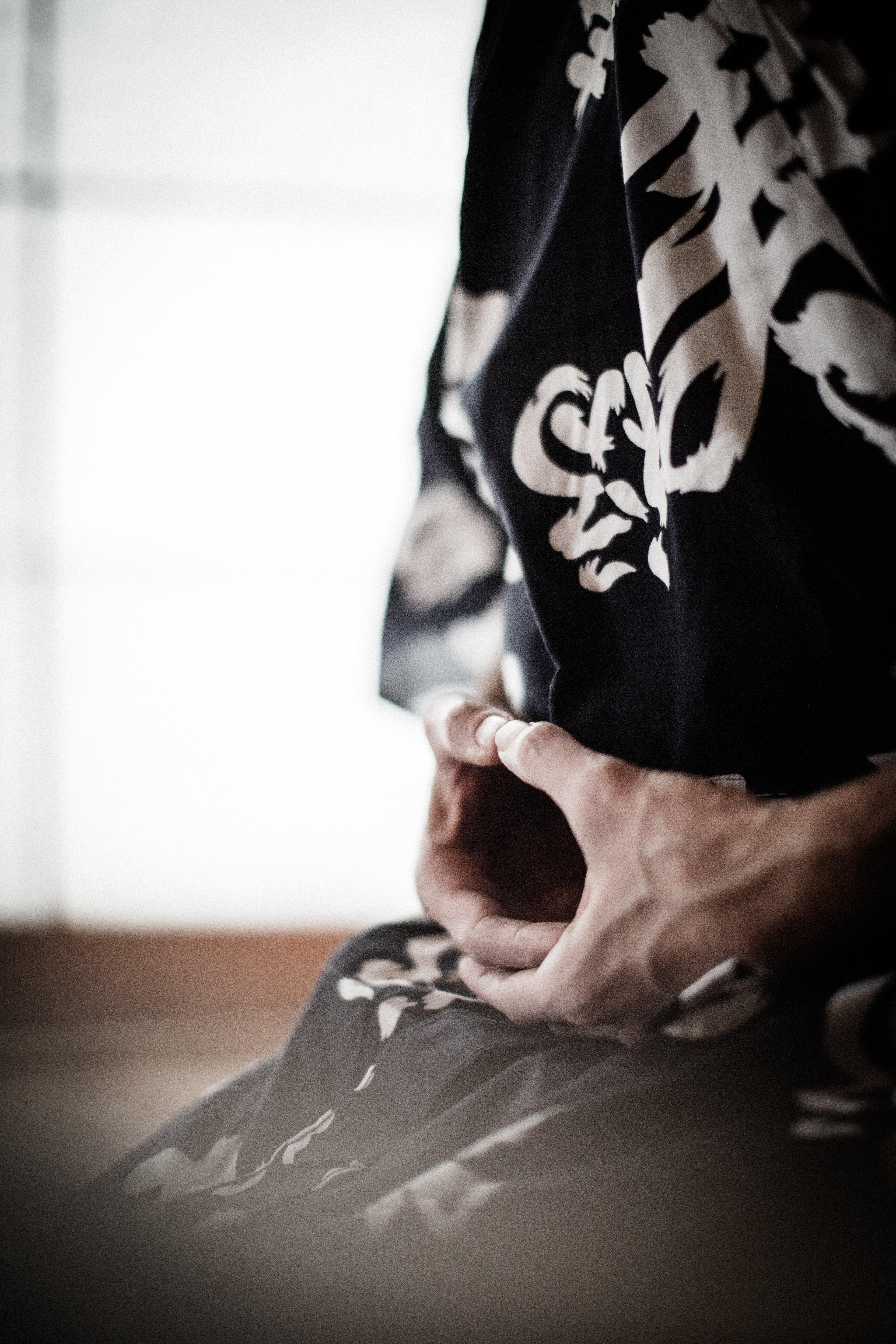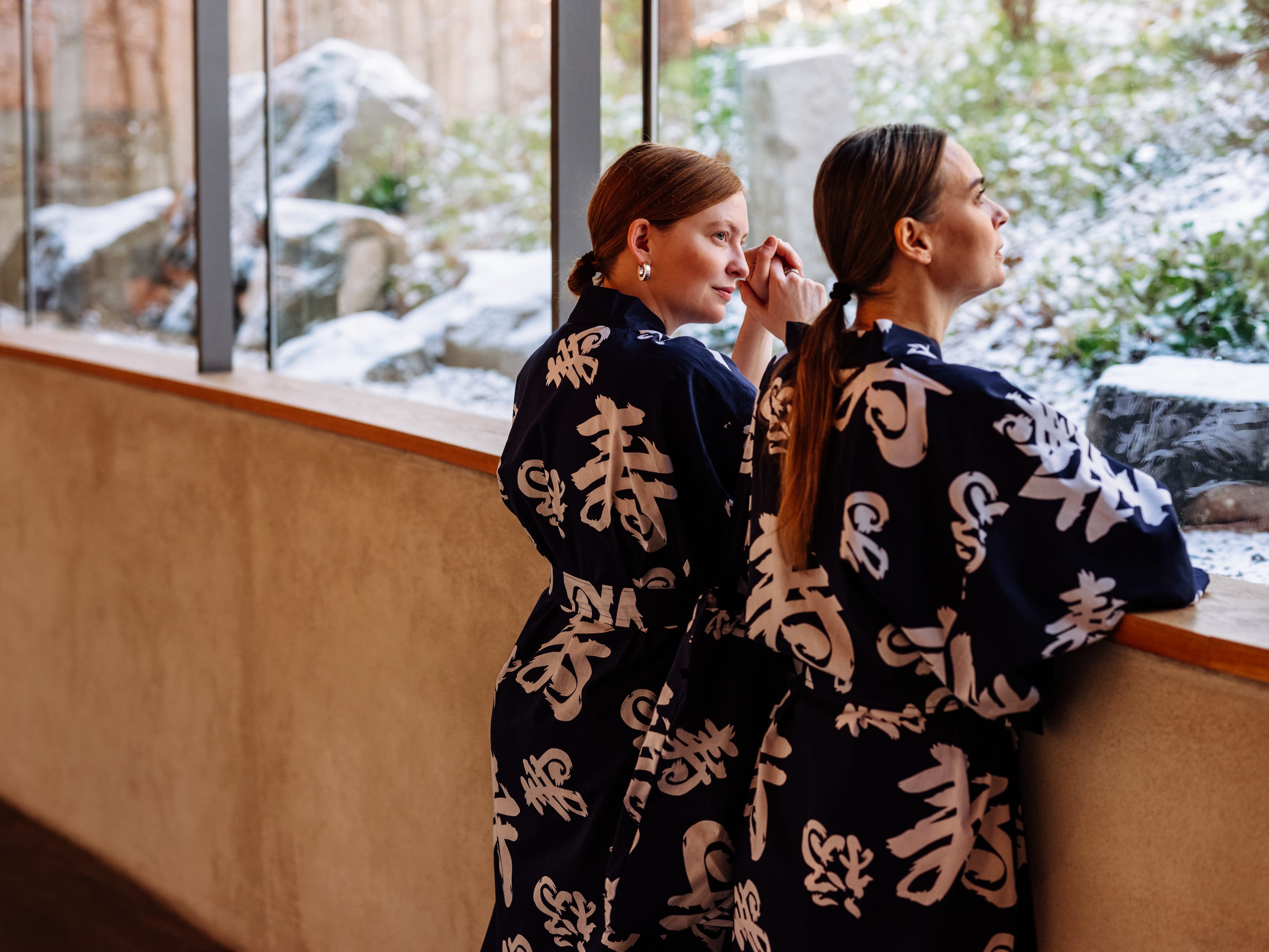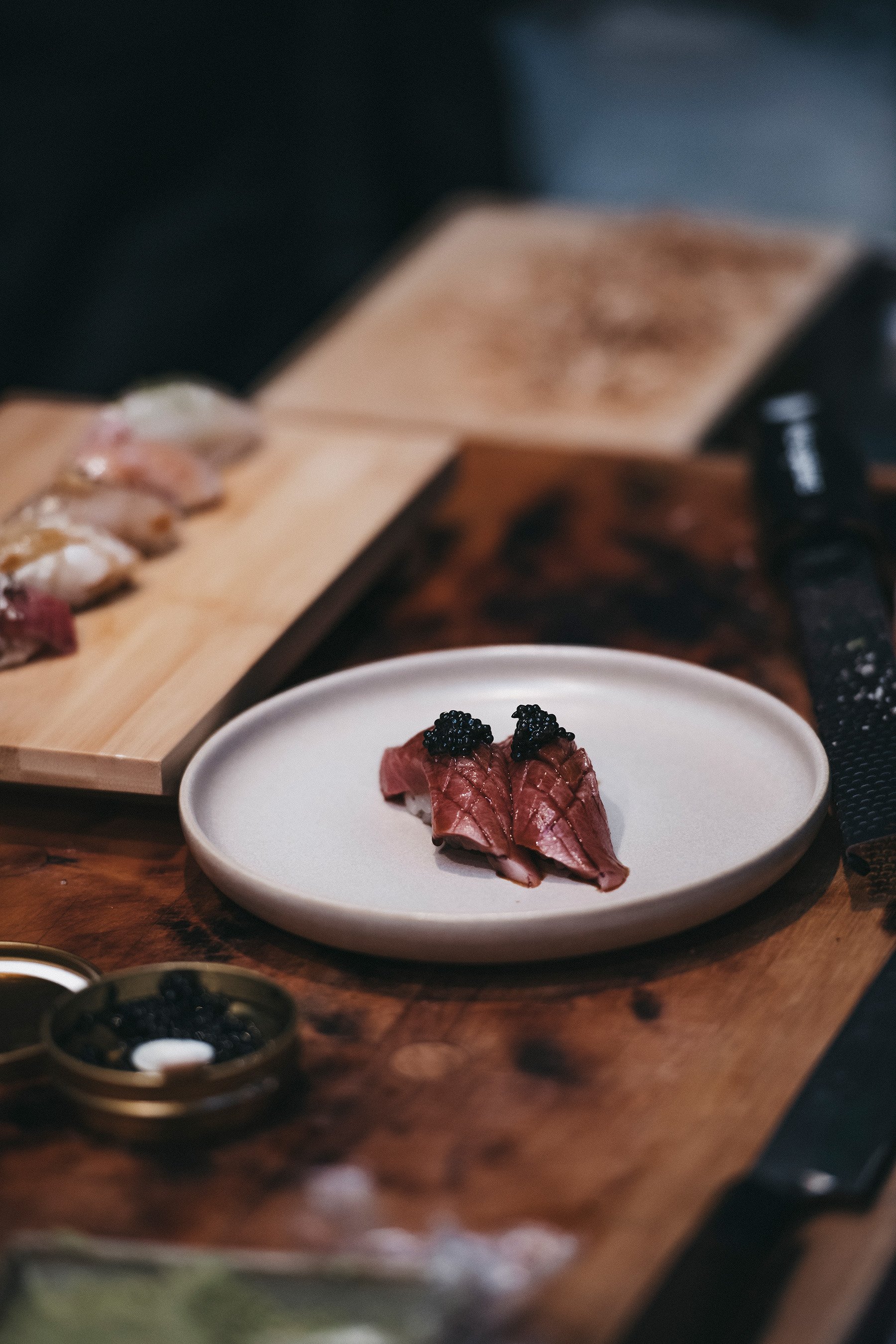
Wabi sabi
Discover the Beauty in Imperfection - A Journey through Wabi Sabi
In a world that often strives for perfection, it is a liberating and enlightening feeling to discover the beauty in imperfection. This is where the philosophy and aesthetics of the Japanese concept of Wabi Sabi come in - a lifestyle that celebrates the simple, the transient, and that which can age with dignity.
Wabi-sabi, 侘寂, represents a versatile Japanese worldview or aesthetic surrounding accepting the transient. The aesthetics are sometimes described as a beauty that is "imperfect, impermanent, and incomplete." The concept comes from the Buddhist advocacy of the three marks of existence:
- that nothing is permanent
- that our suffering comes from clinging to what we believe is enduring
- that there is no self
Let's take a deep dive into this fascinating world of Wabi Sabi and explore how its principles can enrich our lives.
Wabi Sabi - An Artistic Philosophy
Wabi Sabi is an ancient Japanese philosophy and aesthetics that dates back to the 15th century. It is a concept that is difficult to translate directly, but it is about finding beauty in the simple, the natural, and the aged. It is a profound understanding that everything is temporary and that beauty can be found even in what is damaged, worn, or even shattered.
The basic principles
To better understand Wabi Sabi, we need to look at its basic principles:
Simplicity Wabi Sabi advocates simplicity and minimalism. It is about reducing unnecessary noise and appreciating the fundamental. Experience simplicity at Yasuragi
Naturalness It celebrates the natural and unprocessed. Nature is a great source of inspiration, and objects carrying the traces of nature are considered beautiful.
Imperfection Wabi Sabi embraces imperfection. It is realizing that nothing is perfect, and that is precisely where the beauty lies.
The Beauty of Change It emphasizes the beauty of impermanence. Everything changes over time, and Wabi Sabi teaches us to appreciate that change.
Wabi Sabi in everyday life
How can we apply Wabi Sabi in our lives? It's actually simpler than you might think.
Reduce and Simplify
Eliminate the excess and embrace minimalism. Having fewer possessions can make you more aware of what truly matters. Take the time to experience this at Yasuragi
Explore Nature
Go out and enjoy nature. You can even find the beauty in a simple flower breaking through the asphalt.
Repair and Reuse
Instead of throwing away broken items, try to repair them. Objects with scratches and marks often have a richer history.
Rethink Time
Instead of resisting change, embrace it. Aging gives things and people depth and character.
Wabi Sabi - A Way of Life
Wabi Sabi is much more than just an aesthetic - it is a way of life. By embracing its principles, we can learn to appreciate the beauty in what is authentic and genuine, and let go of the pursuit of perfection. It is a path to peace and harmony in a world that can sometimes be too hectic and demanding.
So let's explore together the beauty in imperfection and embrace Wabi Sabi in our lives. For it is right there, in the simple and the uneven, that we can find a deeper and more meaningful beauty.
It is in imperfection that we find true beauty.
More reading

Zen Meditation
Learning to observe what is. Mindfulness training with ancient origins.

Yukata - A Japanese Cotton Robe
Yukata, the Japanese cotton robe for both men and women.

Sushi Glossary
Feel confident in your sushi knowledge and place your order with ease and self-assurance.


Stay up to date
Don't miss out on anything new – with Yasuragi's newsletter, you'll receive information, inspiration, and current offers.
Meetings & Groups
Individual Bookings
Yasuragi Hasseludden AB ©2025